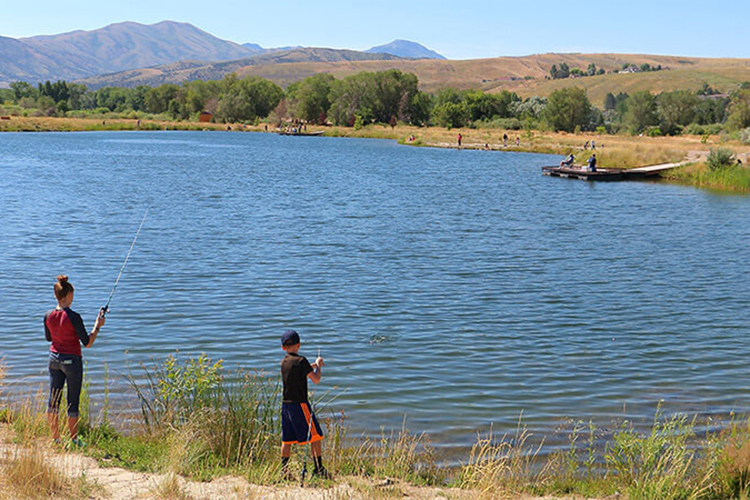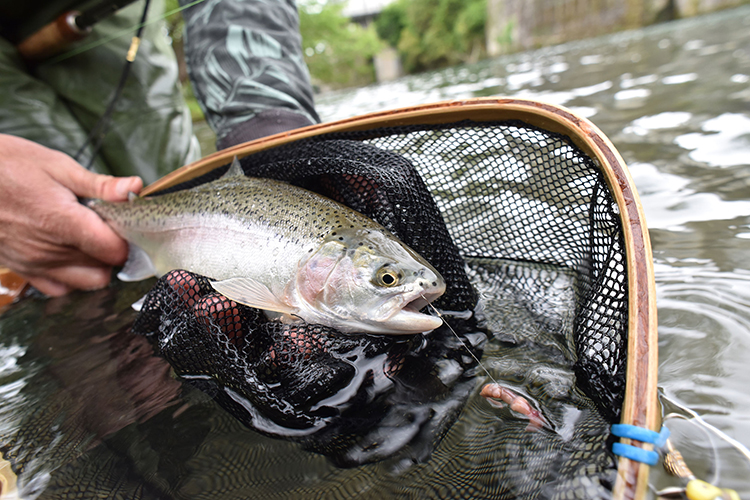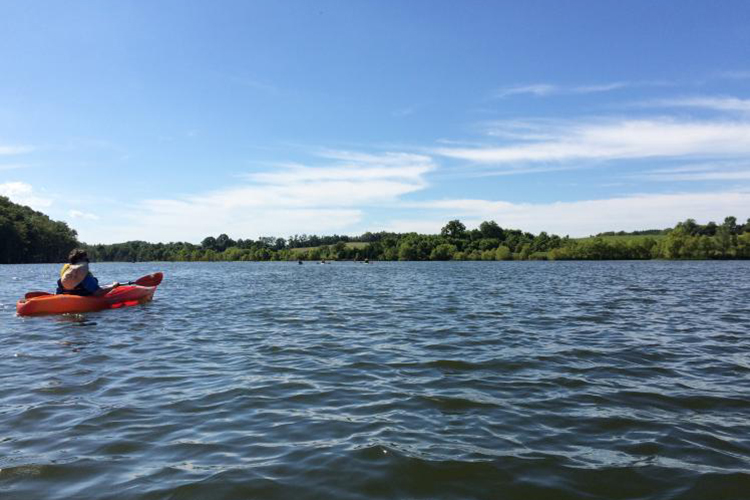Sportfish Restoration Excise Tax
Do you know what good your taxes do?
Through the funds paid into the Sport Fish Restoration (SFR) Program, sportfishing businesses, along with their state and federal fisheries partners, have built a strong industry and brighter future for recreational fishing in America.
Every lake or stream that has been restored, every fish that has been stocked and every ramp that has been built using SFR funds provides another opportunity for more anglers to fish more often – and encourages greater fishing tackle sales. The formula could not be simpler: invest in the resource, improve your bottom line.
Fortunately, the sportfishing community has not had to rely on the uncertainties of apportionments from general tax revenues. Instead, since 1950, industry’s payments into the Sport Fish Restoration Program has provided a dedicated stream of funding that, together with revenues from fishing license sales, has enabled the angling community to build its own, sustainable future.
For more information on the role our industry is playing in conservation, download the full technical report, and visit the U.S. Fish and Wildlife Service’s Partner with a Payer website.
Get the Excise Tax Guide
Not a member? Join Today
Success by the Numbers
This user pay system has generated outstanding dividends for anglers from coast to coast.
Countering Environmental Threats
Pollution, agricultural runoff, siltation – along with invasive fish and aquatic plants – are among the challenges impacting sportfishing in our inland and coastal waters. Additionally, demographic changes require us to provide better fishing and boating access closer to our growing population centers. To counter these threats, state fisheries agencies are using SFR dollars – under the watchful eye of the U.S. Fish and Wildlife Service – to open new opportunities for anglers, restore waters where fishing has deteriorated, and to make it easier for anglers to get out on the water.
Examples of How SFR Has Improved Sportfishing

Idaho Edson Fichter Pond
In 2011, the three-acre pond was added to the Edson Fichter Nature Area, the first urban community fishing pond in Pocatello. The pond is stocked with rainbow trout annually and managed by IDFG as a put-and-take fishery. Between 2011 and 2019, total investment in pond construction was approximately $270,000, of which roughly 25% came from private donations and the remainder from SFR investments. Angler spending between 2011 and 2019 has accrued to an estimated $1.8 million, generating a positive return to industry of just over 860%.
Georgia Trout Fishery
Roughly 1 in 4 of Georgia’s licensed anglers spin, bait, or fly fish for trout. Their activity generating an estimated $3.6 million in spending on taxable fishing items alone. Relying heavily on hatcheries, more than 1 million reared trout of harvestable length are released in waterbodies across the state each year. Nearly two-thirds of a million dollars of SFR funds supported this work, providing industry with a 471% return on the investment.
Georgia Trout Fishery
Roughly 1 in 4 of Georgia’s licensed anglers spin, bait, or fly fish for trout. Their activity generating an estimated $3.6 million in spending on taxable fishing items alone. Relying heavily on hatcheries, more than 1 million reared trout of harvestable length are released in waterbodies across the state each year. Nearly two-thirds of a million dollars of SFR funds supported this work, providing industry with a 471% return on the investment.


Kentucky Cedar Creek Lake
Built from scratch and opened in 2002, 784 acre Cedar Creek Lake in Kentucky now generates roughly $4.2 million [2009] annual in sales of taxable fishing equipment, providing industry with a 488% return on the SFR dollars invested in its construction.
Oregon Diamond Lake
By 2002, fishing trips to Oregon’s 2,824-acre Diamond Lake had decreased 85% due to impacts from a non-native species of chub. After investing nearly $700,000 in SFR funds, matched by nine times more from state and federal sources, to eradicate the invasive species and restock. By 2009 anglers were spending $4.8 million for taxable fishing tackle alone, representing a 575% return on SFR investments.
Oregon Diamond Lake
By 2002, fishing trips to Oregon’s 2,824-acre Diamond Lake had decreased 85% due to impacts from a non-native species of chub. After investing nearly $700,000 in SFR funds, matched by nine times more from state and federal sources, to eradicate the invasive species and restock. By 2009 anglers were spending $4.8 million for taxable fishing tackle alone, representing a 575% return on SFR investments.

Get the Excise Tax Guide
Not a member? Join Today

